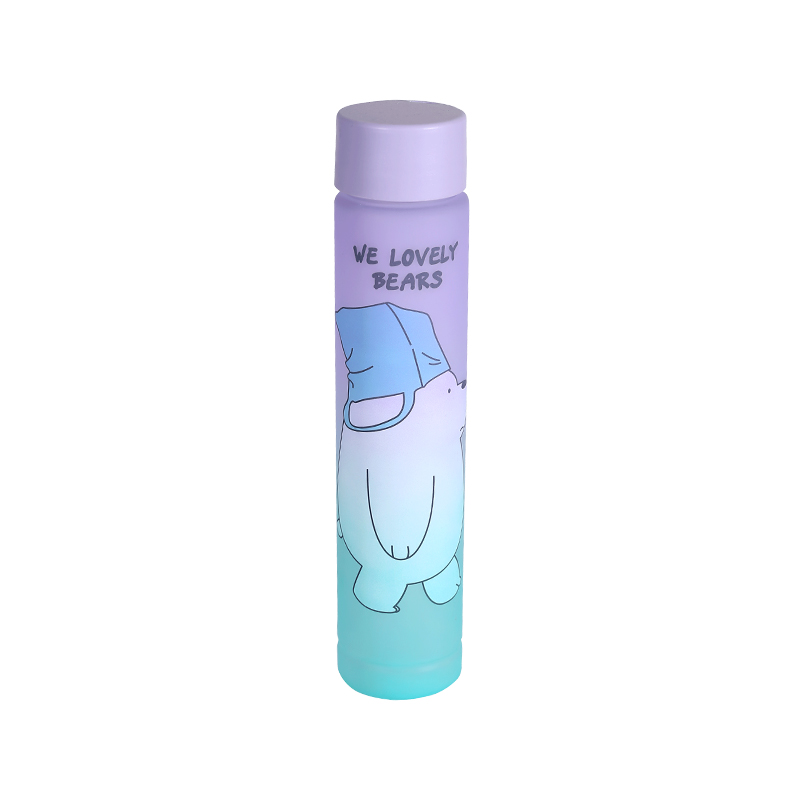When it comes to staying hydrated during workouts, outdoor adventures, or daily routines, a plastic sports water bottle is a go-to choice for many. However, as temperatures rise—whether in a hot car, direct sunlight, or intense outdoor conditions—concerns arise about whether these bottles may release harmful substances. This article explores the safety of plastic bottles in high-temperature environments, the science behind plastic degradation, and how users can make informed choices to protect their health.

Types of Plastics Commonly Used
Plastic sports water bottles are typically made from materials such as polyethylene (PE), polypropylene (PP), or polyethylene terephthalate (PET). Higher-end bottles may use Tritan™ or other BPA-free copolymers. Each plastic type has a different reaction to heat. While these materials are designed for durability, exposure to temperatures beyond their intended limits can compromise their structure and potentially cause chemical leaching.
Understanding Chemical Leaching Risks
The primary health concern regarding plastic water bottles in high temperatures is the possibility of chemical migration from the plastic into the water. One of the well-known substances associated with this issue is Bisphenol A (BPA), a synthetic compound once commonly used in polycarbonate plastics. Studies have shown that BPA can leach into water when containers are exposed to heat, and it has been linked to potential endocrine disruption and other health risks.
In response to public concern, many manufacturers now offer BPA-free products. However, questions remain about the safety of BPA alternatives like BPS (Bisphenol S) or BPF (Bisphenol F), which may also leach under similar conditions and pose comparable risks, although data is still being evaluated.
Temperature Thresholds and Real-World Scenarios
Most plastic sports water bottles are safe for use under normal conditions, such as indoor gyms or moderate outdoor activity. Problems are more likely to occur when the bottle is left in a car on a hot day, placed near a heat source, or used to carry boiling or very hot liquids. Under these extreme scenarios, temperatures inside the bottle can exceed 60°C (140°F), increasing the chance of plastic degradation and leaching of unwanted chemicals.
It’s important to note that not all plastic bottles are designed to handle high temperatures. Bottles that are not labeled as heat-resistant should not be exposed to boiling water or dishwashers with high-heat drying cycles. Over time, repeated heating can accelerate micro-cracking in the plastic, further increasing the risk of leaching.
Certifications and Safety Standards
To address these concerns, reputable manufacturers follow food-grade safety standards established by regulatory bodies such as the FDA, EFSA, and other international agencies. Bottles labeled as BPA-free and certified for high-temperature use are typically tested for chemical stability under simulated real-world conditions. Looking for these certifications on the product label or packaging can help consumers select safer options.
Practices for Safe Usage
To reduce potential health risks, users should avoid storing plastic sports water bottles in hot cars or direct sunlight for prolonged periods. Instead, opt for shaded or insulated storage. If hot beverages or high-heat sterilization are needed, consider using stainless steel or glass alternatives that are inherently more heat-stable.
Additionally, if a plastic bottle becomes cloudy, develops a strange smell, or shows signs of warping, it may be time to replace it. Regular inspection and replacement, especially for frequently used bottles, are key to ensuring continued safety.
Conclusion
While many plastic sports water bottles are generally safe for regular use, their performance and safety can be compromised when exposed to high temperatures. Understanding the materials used, potential for chemical leaching, and appropriate usage conditions is essential. By choosing certified products and following recommended practices, users can enjoy the convenience of plastic bottles while reducing health risks.

 English
English 中文简体
中文简体 Español
Español